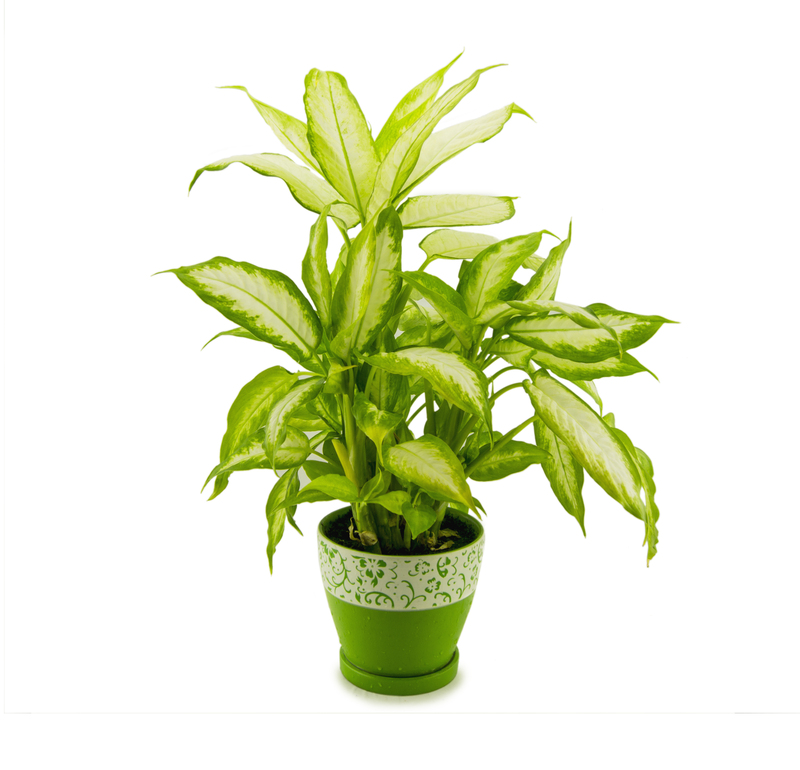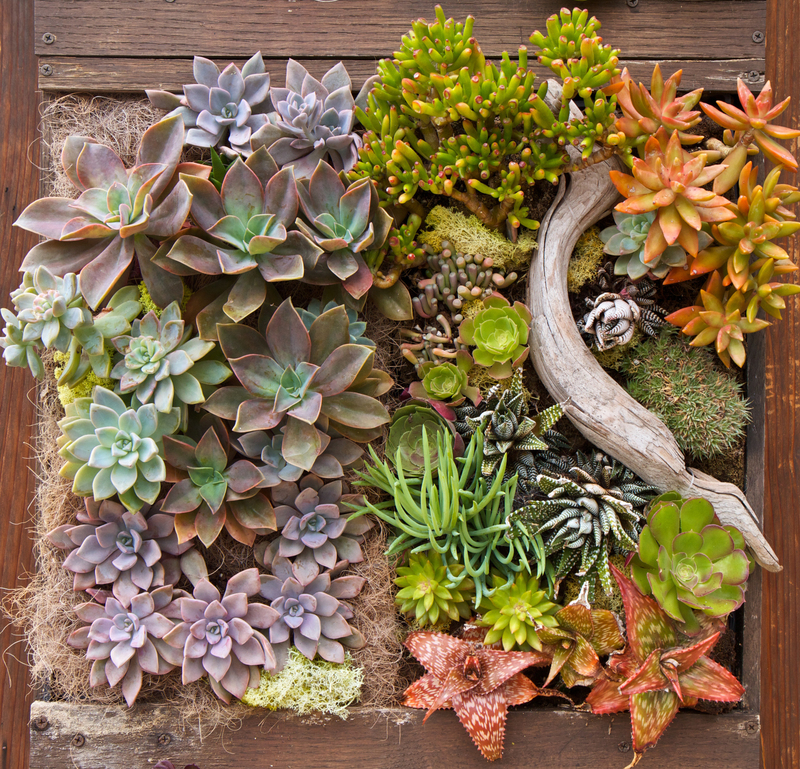Gardening Safely with Your Canine Companion
Posted on 30/05/2025
Gardening Safely with Your Canine Companion: Essential Tips for Dog Owners
Gardening is a relaxing and rewarding hobby. For many pet parents, it becomes even more fulfilling when you can share your lovely green space with your beloved canine companion. However, creating a garden that is both beautiful and safe for dogs comes with unique challenges. From picking non-toxic plants to designing secure spaces, ensuring your garden is dog-friendly requires knowledge and planning. In this comprehensive guide, you'll discover how to enjoy gardening safely with your canine friend, turning your backyard into a paradise for both humans and hounds alike.
Understanding the Risks: Why Safe Gardening with Dogs Matters
Before you plant a single seed, it's crucial to acknowledge the specific risks dogs face in traditional gardens. Many common garden elements can harm your pet, including:
- Toxic plants that can cause anything from mild tummy upset to severe poisoning
- Sharp tools and fertilizers that can injure or sicken a curious pup
- Unsecured fencing leading to unexpected escapes
- Chemicals and mulch that aren't pet-friendly
Taking proactive measures ensures that your pup can romp, sniff, and dig in the great outdoors--without putting their health at risk.

Designing a Dog-Friendly Garden: Where Safety Meets Enjoyment
A well-designed dog-friendly garden prioritizes both your pet's well-being and your gardening goals. Here are key tips to achieve a harmonious, safe space:
1. Secure the Perimeter
- Fencing: Ensure your garden is enclosed with sturdy, tall fencing (at least 4-6 feet high, depending on your dog's size and breed).
- Burrowing breeds may require fencing that extends below ground to prevent digging escapes.
- Gates: Use self-closing and locking gates to avoid accidental escapes.
2. Choose Non-Toxic, Pet-Safe Plants
Many beautiful plants are toxic to dogs. Here's how you can select safe options:
- Avoid: Azaleas, lilies, foxglove, tulips, oleander, and sago palm.
- Opt for safe choices: Sunflowers, marigolds, snapdragons, roses, camellias, and herbs like basil and sage.
- Tip: Consult the ASPCA's list of toxic and non-toxic plants to cross-reference garden selections.
3. Pet-Friendly Mulching and Fertilizers
Not all mulches and fertilizers are safe for pups.
- No cocoa mulch! Cocoa hull mulch smells delicious to dogs but is highly toxic and can cause vomiting, seizures, or worse.
- Use cedar, pine, or rubber mulch instead, and avoid dyes and chemical treatments.
- Organic compost is nutritious for plants but can harbor mold or dangerous bacteria--make sure it's securely covered and decomposed.
- Pet-safe fertilizers: Choose organic, non-toxic, and dog-friendly fertilizers, and store all gardening chemicals away from curious noses.
4. Create a Dig Zone
Many canines love to dig. Redirect their energy by creating an allowed area with soft soil or sand, where it's acceptable to dig and play.
- Train your dog to use the dig zone with treats and praise.
- Regularly refresh the sand and hide toys for enrichment.
5. Plan Shaded Resting Spots
- Dogs can easily overheat when excited or active outdoors.
- Incorporate shaded areas with trees, pergolas, or dog tents.
- Ensure fresh water is always available.
6. Use Raised Beds and Pathways
- Raised beds protect delicate plants from trampling and make garden boundaries clear for dogs.
- Design pathways with smooth, durable materials--like concrete or flagstone--that are gentle on paws and withstand romping.
Safe Gardening Practices for Pet Lovers
Supervision and Training
Spending time gardening with your dog is not only joyful, but it also provides opportunities to reinforce good behaviors:
- Teach boundaries: Use commands like "leave it" and "stay" to keep dogs out of sensitive planted areas.
- Supervise early on to prevent chewing or rolling in unwanted spots.
- Reward positive behaviors with attention, treats, or playtime.
Dealing With Pests--The Pet-Safe Way
Don't reach for harsh chemical pesticides, which may harm pets. Consider these natural alternatives:
- Use neem oil, diatomaceous earth, or insecticidal soap as non-toxic options.
- Introduce companion plants that deter unwanted bugs, like basil against mosquitoes or marigolds against aphids.
- Handpick pests when possible, or use physical barriers like row covers and netting.
Choosing Pet-Safe Garden Features
- Water features: Pondless fountains or bubblers are safer than open ponds for dogs who love to splash.
- Avoid sharp-edged garden decor, glass, or metal pieces that could injure paws and noses.
- Use sturdy, non-toxic materials for all dog-accessible structures.
Common Gardening Hazards for Dogs and How to Avoid Them
Top Toxic Plants for Canines
- Foxglove
- Lilies (including daylilies and peace lilies)
- Sago palm
- Oleander
- Azalea & Rhododendron
- Tulips & Daffodils
- Morning Glory
Garden Products to Keep Away From Dogs
- Cocoa shell mulch
- Slug and snail bait
- Rodenticides and insecticides
- Blood meal and bone meal fertilizers
- Herbicides
What to Do if Your Dog Ingests a Toxic Plant or Product
Signs of poisoning include vomiting, diarrhea, drooling, weakness, and seizures. If you notice these symptoms or suspect your pet has eaten something toxic:
- Contact your veterinarian or an emergency animal poison hotline immediately.
- Note the plant/product ingested and the amount, if possible.
- Do not induce vomiting unless specifically instructed by a medical professional.
Gardening Activities to Enjoy With Your Dog
1. Homemade Herb Beds
Plant dog-friendly herbs, such as parsley, basil, and mint. Not only are they safe, but they can also freshen your pet's breath when nibbled (in moderation).
2. Agility Spaces
Create simple courses using tunnels, hoops, and low jumps. These add excitement and exercise for energetic breeds.
3. Interactive Gardening Projects
- Build a doggy sensory garden with different textures, scents, and heights.
- Construct a sand or dirt digging pit.
- Work on obedience or agility training between gardening tasks for fun and focus.
Involving Your Dog in Daily Garden Maintenance
With a dog-safe garden, your pet can "help" with daily routines:
- Fetching tools: Some dogs love retrieving light hoses or gloves.
- Observing and learning: Spend time together as you weed, prune, or harvest.
- Providing company: Enjoy the companionship and stress relief of outdoor bonding.
Seasonal Considerations for Gardening Safely With Dogs
Spring and Summer
- Watch out for fertilizers and pesticides during planting season.
- Check dogs for ticks and fleas after time outdoors.
- Ensure shade and hydration during hot weather; avoid gardening during peak heat with pets.
Autumn and Winter
- Remove fallen leaves and debris where mold or mushrooms may grow.
- Protect tender paws from frostbite and salt in icy climates.
- Puppies and older dogs may prefer shorter, supervised outings.

Frequently Asked Questions: Gardening & Dogs
Are grass lawns safe for dogs?
Most commonly grown grasses (like fescue or Kentucky bluegrass) are pet-safe. Avoid treating lawns with chemical herbicides or pesticides that are not labeled as pet-friendly. Consider drought-tolerant varieties for reduced maintenance.
How do I keep my dog from digging everywhere?
Provide a designated dig zone, enrich it with toys or treats, and reward usage. Consistent training will help keep digging focused in that area.
Can I compost pet waste in my garden?
Dog waste should not be composted with yard or kitchen waste intended for use on edible plants due to harmful pathogens. If you wish to compost pet waste, use a dedicated digester system, far from food gardens or play areas.
Conclusion: Enjoy Your Garden--Safely--With Your Canine Companion
Gardening offers a wonderful way to bond with your pet, enrich their environment, and beautify your home. By following the guidelines for gardening safely with your canine companion, you create a space where wagging tails and flourishing flowers coexist in harmony. Keep safety top of mind--from plant selection to fencing and training. A happy dog equals a happy gardener!
Ready to dig in? With a bit of planning and love, your backyard can become a sanctuary where you and your furry friend thrive together, season after season.
- Double-check plants and products for pet safety
- Prioritize secure boundaries and shade
- Train and supervise your dog in the garden
- Embrace outdoor fun and relaxation together!
By making simple adjustments, you can enjoy many happy, healthy, and safe gardening days side by side with your dog. Happy gardening!

